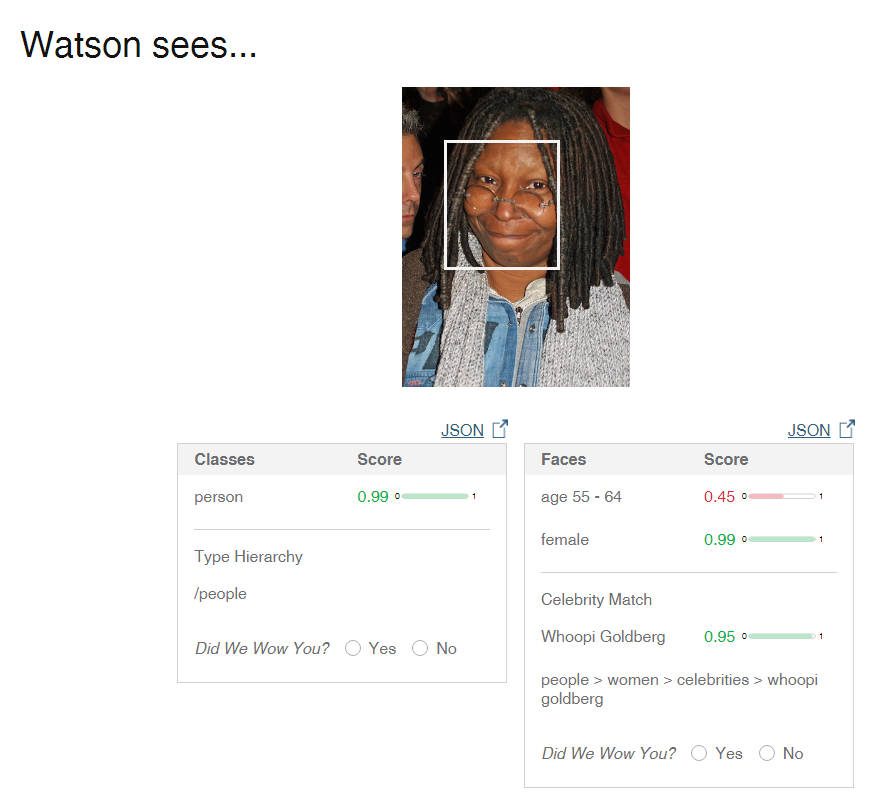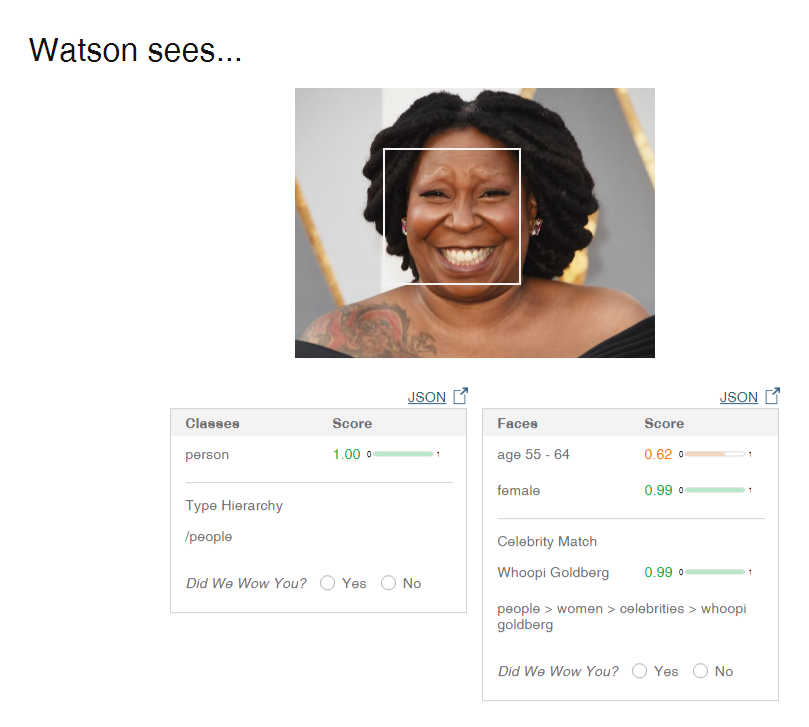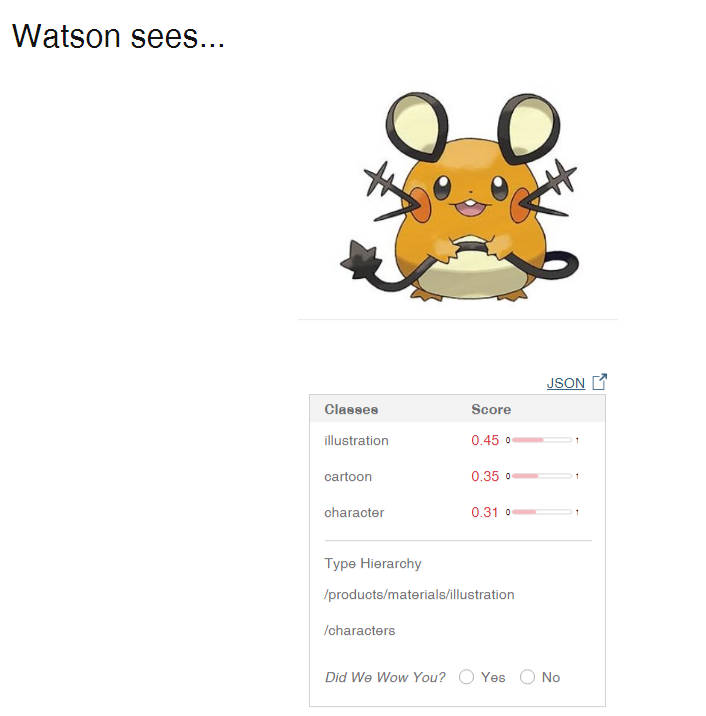| Artificial Intelligence in Pokémons' Service |
| Written by Nikos Vaggalis | |||
| Saturday, 27 August 2016 | |||
|
Even AI cannot escape Pokémons Go's viral craze after Human Intelligence readily submitted.That's all due to a bright idea of combining IBM's Watson AI with the gameplay of Pokémon Go.
Surely, tracking and sharing Pokémon locations is not something earth-shattering as there are plenty of apps like PokeMapper that employ crowd-sourcing approaches for filling in the spots. However, that's a manual and time consuming approach that could very well be automated. Hsu's application makes the difference in that it works behind the scenes, and without human intervention, by consuming intermittent screenshots taken from within the Pokémon Go app, building on Pokémon Go's functionality, that in turn feeds into Watson's engine. Watson then considers whether there's an actual Pokémon object within the picture and if yes, visually recognizes it and evaluates its rarity through. Of course to do this Watson actually has to be able to perform enough computer vision to be able to recognize Pokémon characters; the use of Watson's Visual Recognition API is what makes that task possible. Watson may have started out as a symbolic reasoner but it now has added other abilities that mean it can take a more sophisticated approach to problems. In simple terms, the VR API takes in JPEG and PNG images, and as its output emits their class description as well as their taxonomy (gender, age range, kind, i.e celebrity). To showcase the API's capabilities, a web front end to the service has been made available which allows anyone to supply sample images and let it work its magic. For example, watch it recognize Whoopi Goldberg as well as classify her as a celebrity:
In Pokémons' case, the neural network was trained with sets of Pokémon images, which it processed in the exact same way as the Whoopi Goldberg/Celebrity match, i.e Pikachu/not rare/do nothing, or, Charizard/rare/mark the spot on the map and let other players know about it. We couldn't resist putting it to test, so we fed it with a second image of Whoopi that diverged from the usual as it pictures her "wearing" a huge smile and sporting a different hairdo, features that would potentially confuse the algorithm into reaching an erroneous outcome. As a picture is worth a thousand words, we'll let you observe the outcome yourselves:
For the next test let's see what happens with Pikatchu, but since the engine available was not trained with a Pokémon data set in mind, we wouldn't expect it to reach any accurate predictions:
As expected, it did not recover the fact that a Pokémon was depicted, but nonetheless it successfully perceived that the picture it was fed with was an illustration of a cartoon character, backing up that prediction with a moderate degree of confidence, 0.31-0.45 out of a maximum of 1. If you are thinking of using this service then you will be pleased to know that currently it is offered for free but with the limitation of classifying only 250 images per day and training a custom classifier using 1000 images for one month. More flexibility comes with a subscription model. At the end of the day, utilizing Watson's power to play with Pokémons might sound a bit silly, but looking at it from another angle, the experiment highlights how far Watson has advanced and the potential such a technology offers. When applied to serious domains such as Health, for example, being capable of visually recognizing and classifying cancer cells according to their malignity could herald a great benefit to the public. What's more, IBM is looking into sharing that power with the world by letting Watson live in the Cloud and offering it as a service consumable through well defined API's. It's a move that adds one more to the AI-as-a-Service movement, like Hewlett Packard's Haven OnDemand, which we reported on earlier in the year. The next step would be embedding Watson into Snapdragon 820 CPU (see AI Linux) or Samsung Exynos Mongoose enabled mobile devices, migrating its training and applications offline and in private. That's a powerful prospect; the power of AI in your pocket. Visual recognition aside, there are many more services available through the IBM Watson DeveloperCloud such as Language Translation, Natural Language Classification, Speech to Text and Data analysis. It seems like Pokémon has done it again; a novel approach to entertainment, a novel approach to science...
More InformationWatson Visual Recognition demo Visual Recognition API reference Related ArticlesHaven OnDemand Offers Machine Learning As A Service OpenFace - Face Recognition For All
To be informed about new articles on I Programmer, sign up for our weekly newsletter,subscribe to the RSS feed and follow us on, Twitter, Facebook, Google+ or Linkedin.
Comments
or email your comment to: comments@i-programmer.info
|
|||
| Last Updated ( Saturday, 27 August 2016 ) |





